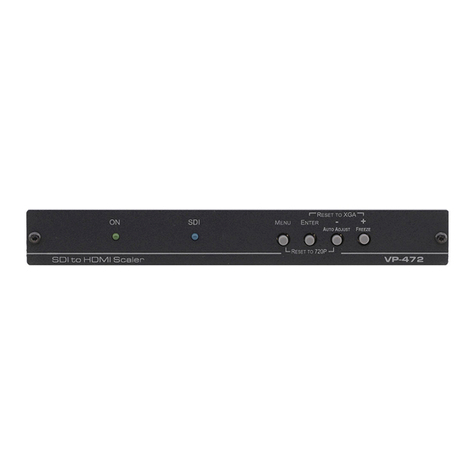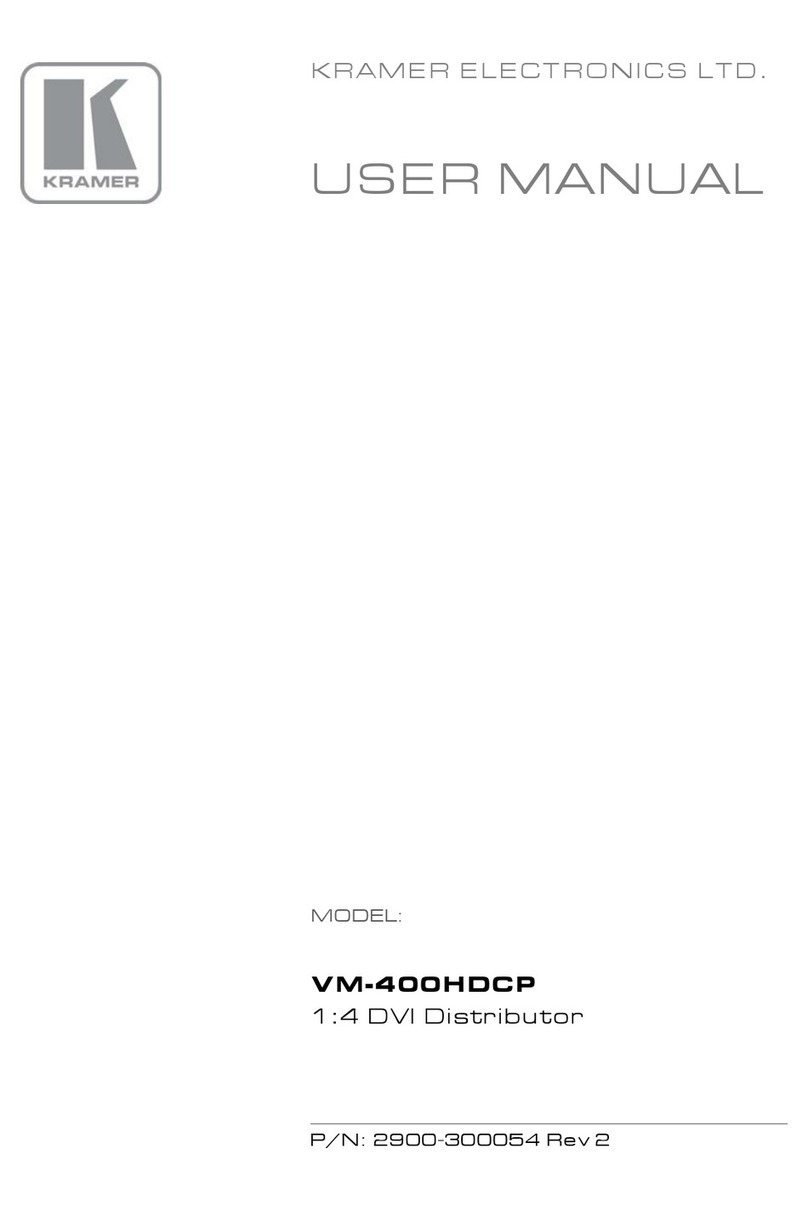Kramer KDS-10 User manual
Other Kramer Media Converter manuals
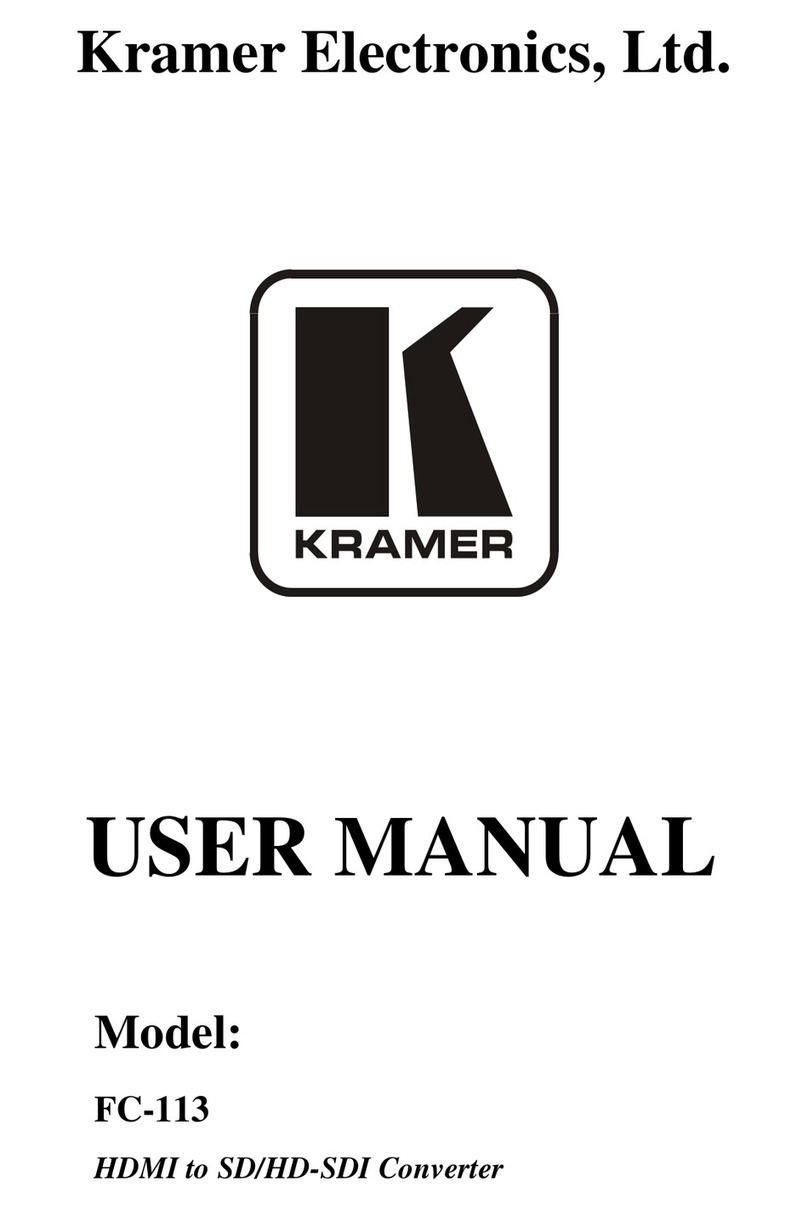
Kramer
Kramer FC-113 User manual
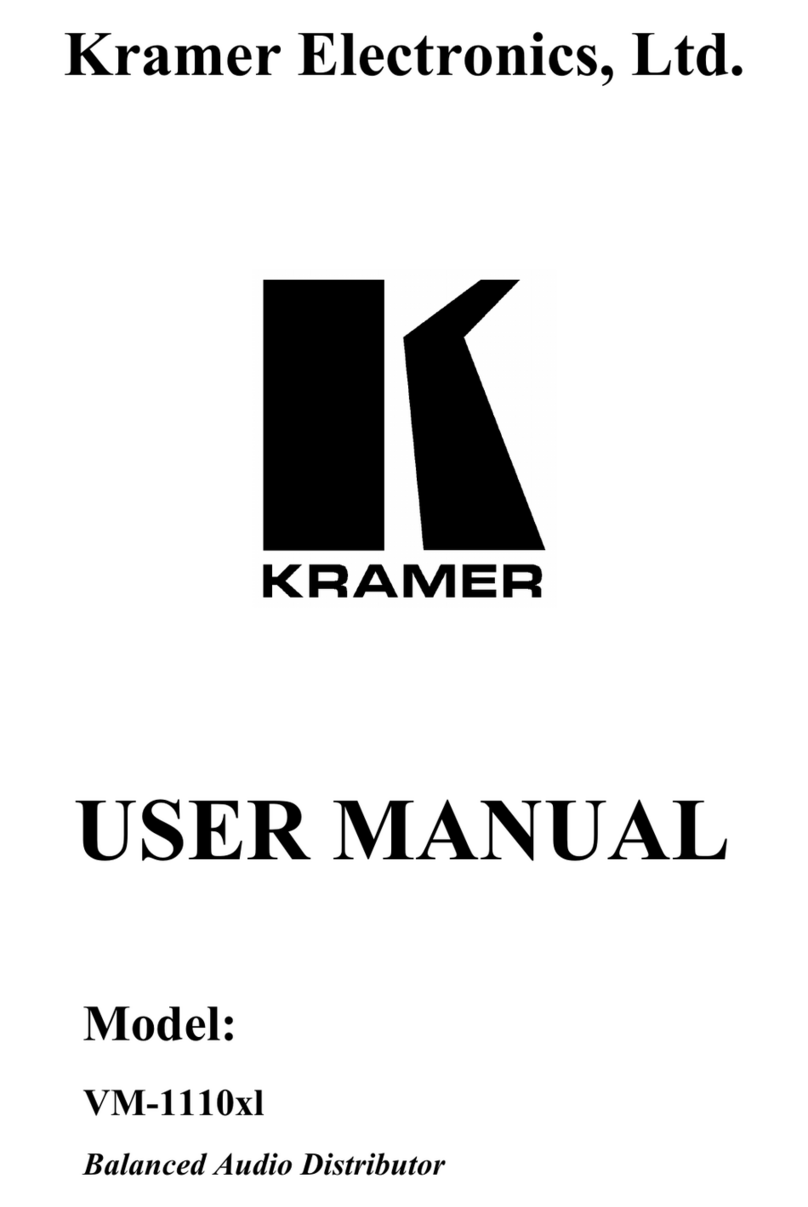
Kramer
Kramer VM-1110xl User manual
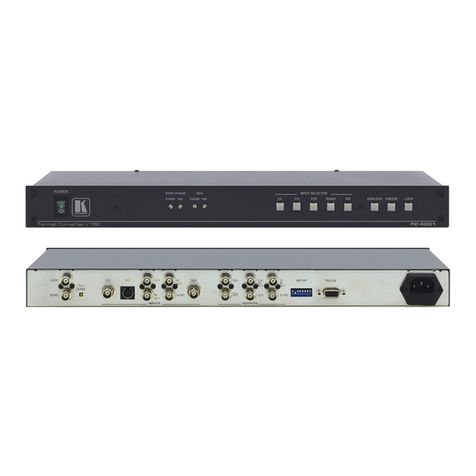
Kramer
Kramer FC-4001 User manual
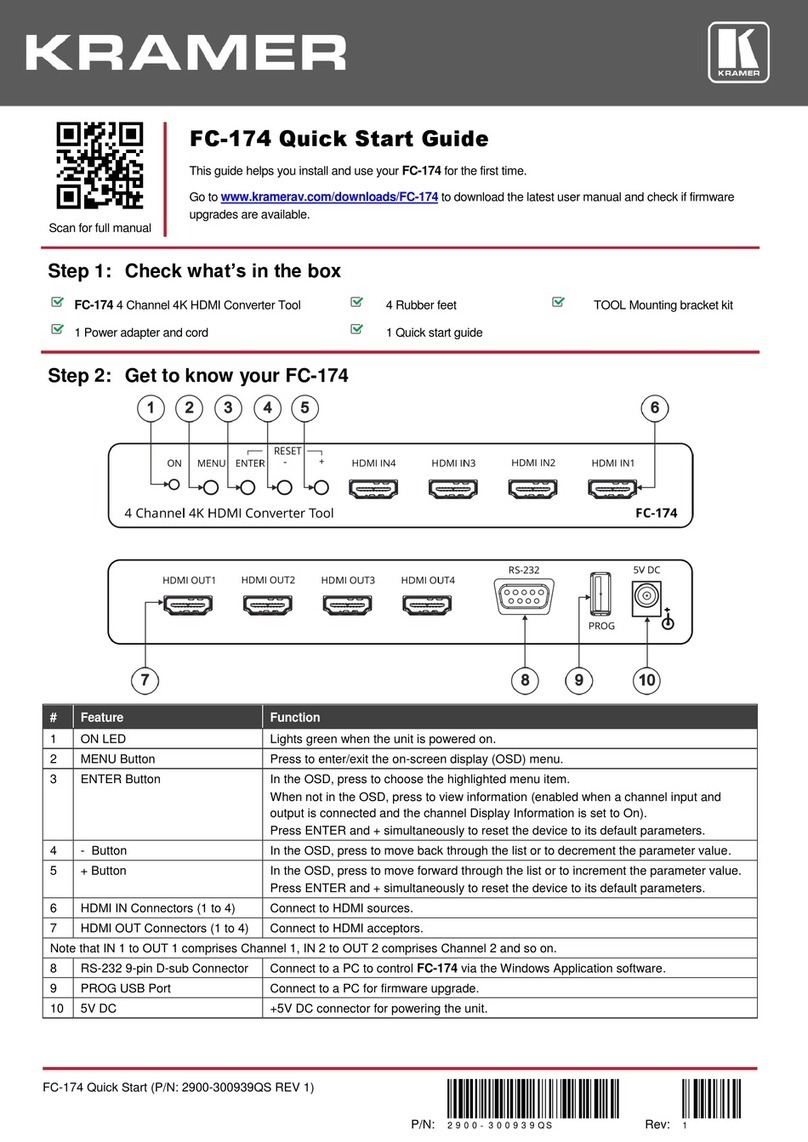
Kramer
Kramer FC-174 User manual

Kramer
Kramer FC-42 User manual
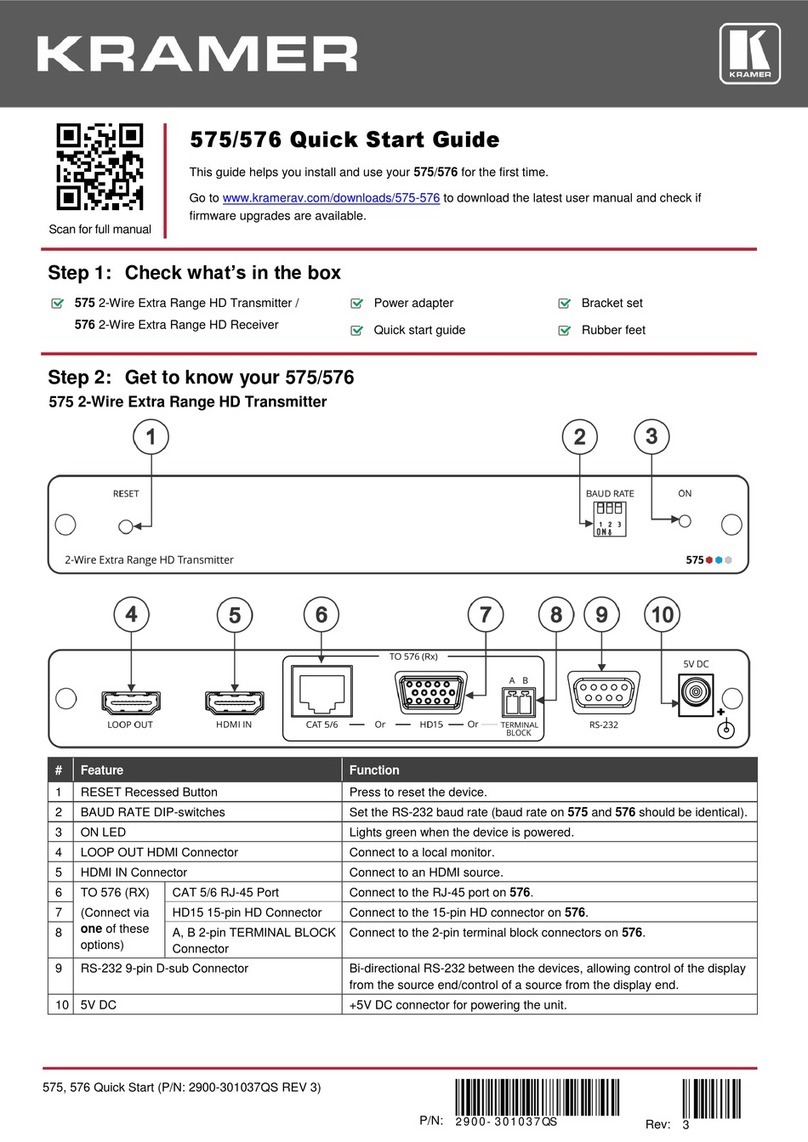
Kramer
Kramer 575 User manual

Kramer
Kramer 6808HDxl User manual

Kramer
Kramer VP-427H2 User manual
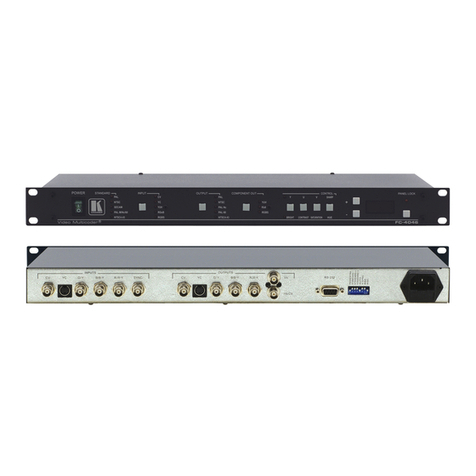
Kramer
Kramer FC-4046 User manual

Kramer
Kramer FC-31xl User manual

Kramer
Kramer VP-423 User manual

Kramer
Kramer VM-80VN User manual
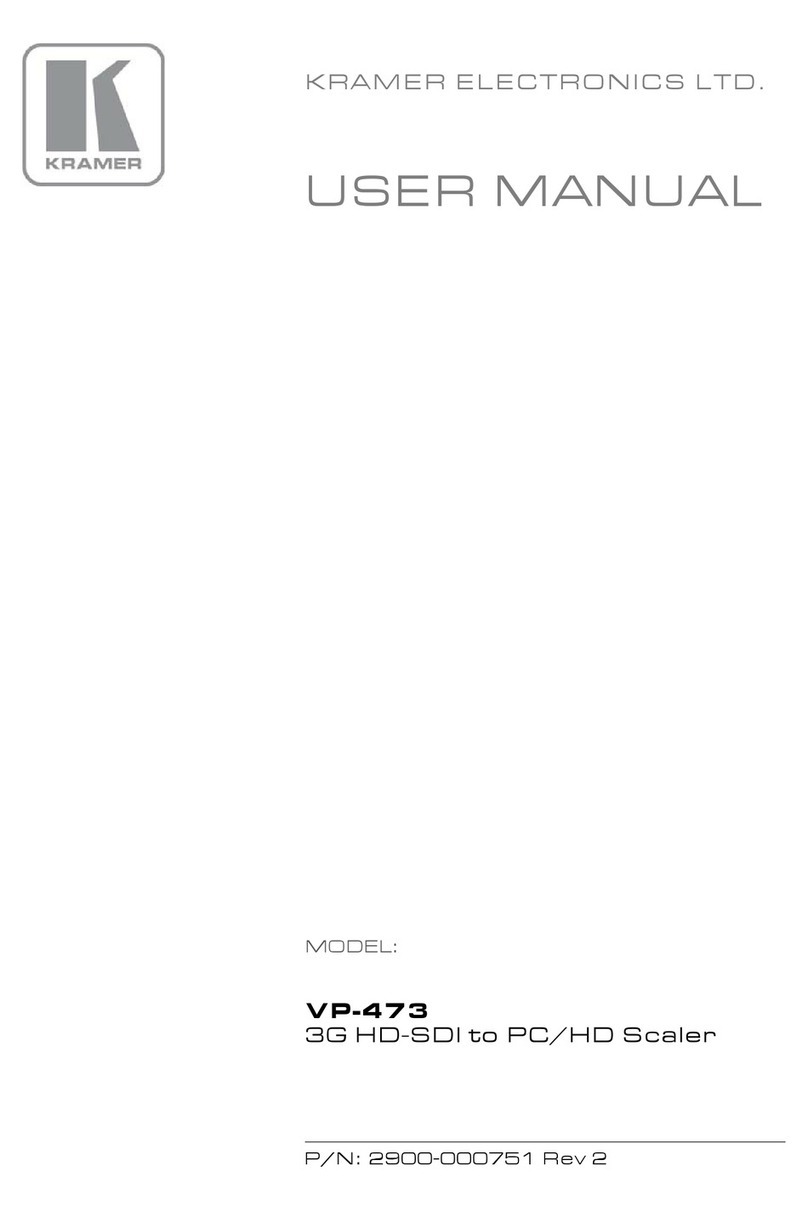
Kramer
Kramer VP-473 User manual
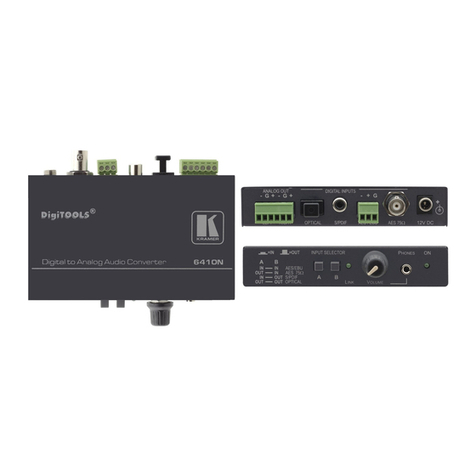
Kramer
Kramer DigiTOOLS 6410N User manual
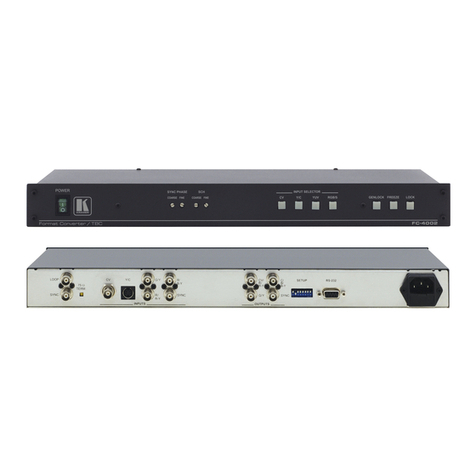
Kramer
Kramer FC-4002 User manual
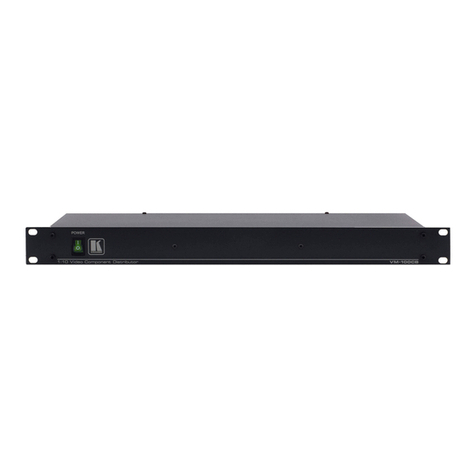
Kramer
Kramer VM-100CB User manual
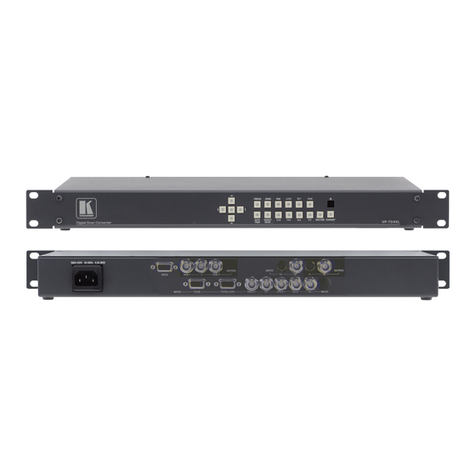
Kramer
Kramer VP-701XL User manual

Kramer
Kramer KDS-SW3-EN7 User manual

Kramer
Kramer KDS-100EN User manual
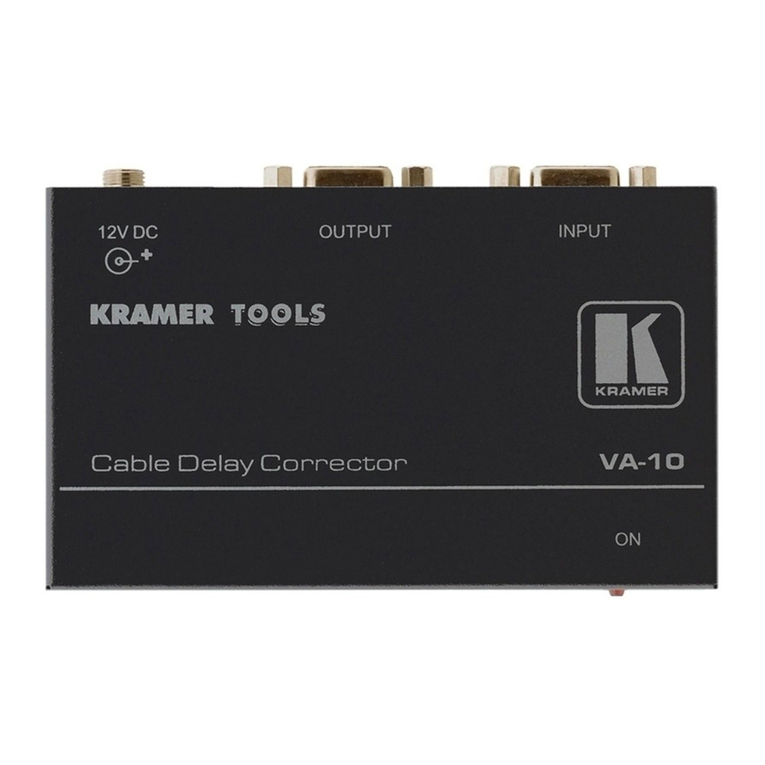
Kramer
Kramer VA-10 User manual
Popular Media Converter manuals by other brands

H&B
H&B TX-100 Installation and instruction manual

Bolin Technology
Bolin Technology D Series user manual

IFM Electronic
IFM Electronic Efector 400 RN30 Series Device manual

GRASS VALLEY
GRASS VALLEY KUDOSPRO ULC2000 user manual

Linear Technology
Linear Technology DC1523A Demo Manual

Lika
Lika ROTAPULS I28 Series quick start guide

Weidmuller
Weidmuller IE-MC-VL Series Hardware installation guide

Optical Systems Design
Optical Systems Design OSD2139 Series Operator's manual

Tema Telecomunicazioni
Tema Telecomunicazioni AD615/S product manual

KTI Networks
KTI Networks KGC-352 Series installation guide

Gira
Gira 0588 Series operating instructions

Lika
Lika SFA-5000-FD user guide


